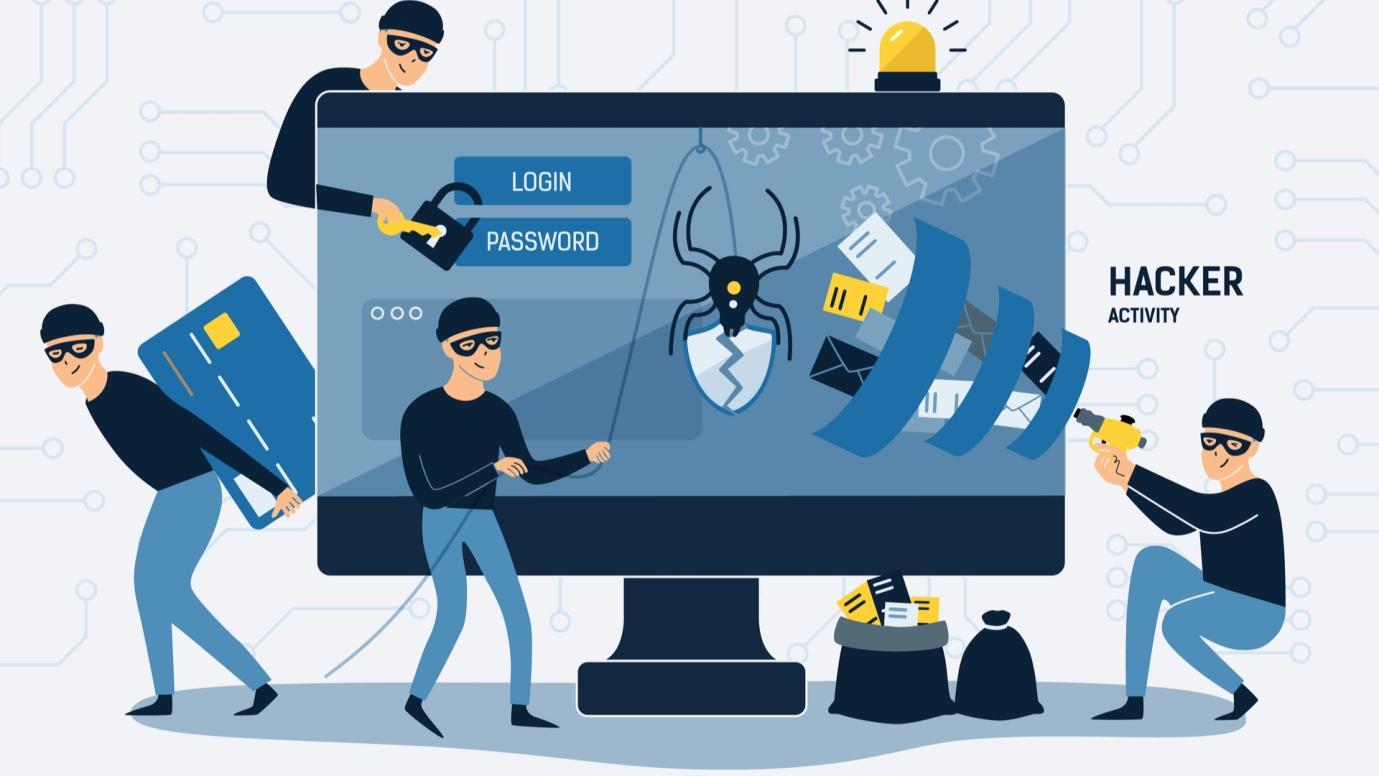The cryptocurrency market continues to grow and evolve, offering traders and investors new opportunities. However, with the increasing popularity of crypto exchanges, the number of scams targeting users is also rising. In this article, we will examine in detail the various fraud schemes on cryptocurrency platforms, the risks traders face, and the measures that can be taken to protect their assets.
Main Fraud Schemes on Crypto Exchanges
The variety of fraud schemes can surprise even experienced traders. Let's look at the most common ones so you can protect your funds and avoid losses.
Phishing and Scam Sites
Phishing is one of the most common fraud schemes on crypto exchanges. Scammers create convincingly looking websites that resemble official pages of well-known crypto exchanges. Users enter their data on these sites, after which the attackers gain access to their accounts.
To protect against phishing, it is important to always check the website's URL and use two-factor authentication. It is also recommended to use password managers that help create strong and unique passwords for each account.
Pump and Dump
The "Pump and Dump" scheme is a manipulation with cryptocurrencies. Scammers use media activity to create hype around a little-known cryptocurrency, raising its price. After that, they suddenly sell their assets, leaving traders with losses as the coin's value plummets.
This scheme is often applied on decentralized exchanges, where there is less regulation. To avoid this trap, it is important to be cautious and conduct your own asset analysis before buying.
Fake ICOs and Projects
Investments in new crypto projects, such as ICOs (Initial Coin Offerings), can turn out to be another trap. Scammers launch fake projects, promising huge profits. Once they receive funding, the project simply shuts down, leaving investors with zero chances of recovering their funds.
Before investing in any project, thoroughly research its team, technical documentation, and reviews. Ensure the project has real value and long-term goals.

Risks of Trading on Crypto Exchanges
Every trader operating on crypto exchanges faces certain risks. Understanding these risks can help minimize losses and achieve success in this field.
The cryptocurrency market is known for its high volatility. Prices can change within minutes, which can lead to significant losses if a trader is not ready to react quickly to changes in the situation. Beginners often do not realize how quickly asset prices can change, and lose money due to inexperience.
Trading on such markets requires high discipline and the ability to manage emotions. Developing strict trading strategies and setting stop-losses will help control risks.
Cryptocurrencies are often influenced by external factors such as legislative changes, technical failures, or even market sentiment. These factors can change trends and lead to unexpected losses.
To minimize the impact of unpredictable factors, traders should keep up with news and updates and consider the possibility of technological failures.
Unlike traditional financial markets, crypto exchanges are often not under strict control. This makes users vulnerable. Fraudulent schemes thrive in the absence of regulation, leaving traders without means to protect their investments.
Choosing a reliable and reputable exchange is an important step towards safe trading operations. It is recommended to use platforms with a good reputation and a reliable history.

How to Protect Your Crypto Assets
To successfully avoid fraud and minimize risks when trading on crypto exchanges, it is necessary to follow several recommendations.
- Be vigilant when choosing an exchange. Before choosing an exchange, conduct thorough research. Familiarize yourself with user reviews, study the platform's reputation in the crypto investor community. The presence of licenses and certificates is also an important selection criterion.
- Use cold storage. Cold wallets are devices or programs that allow storing cryptocurrency offline, significantly reducing the risk of fraud and hacking. Storing assets on exchanges becomes dangerous under high-risk conditions, thus using cold wallets ensures greater security.
- Education and information. Keep up-to-date with new fraud methods, changing trends, and current trading strategies. Various online resources, educational courses, and messengers can be useful for gaining new knowledge.
Additionally, participating in trader communities can help you exchange experiences and find answers to important questions.
- Additional measures for secure access. Regularly use two-factor authentication to maximize the security of your exchange accounts. This adds an extra layer of protection, requiring not only a password but also a code sent to your device to log in to your account.
- Monitor collected information. You should be vigilant about any information regarding your account. Never disclose your confidential information, such as passwords and codes; no exchange employee should request them.
- Regularly update software. Constantly update your devices and programs related to crypto assets. Installing the latest updates for the operating system, antivirus, and security measures will help protect your assets from new threats.
Crypto exchanges provide many opportunities for traders, but they also involve significant risks. Scammers use various schemes to deceive users, and it is important to be informed about different ways to protect yourself.
Understanding the risks, learning the basics of security, and choosing reliable platforms will help you avoid losses and ensure stable success in cryptocurrency trading. Your safety in this market depends solely on you, and ignoring the risks means exposing yourself to danger. Understanding fraud schemes is a key aspect of successful trading.


